Last Updated on September 29, 2022 by Rupesh Patil
If your budget is flexible, most TV salesmen will tell you to buy a “4K” TV. The term was only associated with very high end TVs till recently, but prices are lower now, and it is likely that your next big TV will likely be a 4K Ultra HD TV.
What is a 4K TV though? Here’s your cheat sheet to know all you want to about 4K Ultra HD TVs.
What is an 4K Ultra HD TV?
You know that a TV’s picture is made of pixels, or little dots of light that blend together to form a picture. When you are at the correct viewing distance from the TV, the pixels blend seamlessly together to show you the picture.
A traditional HD TV has 1080 vertical columns and 1920 horizontal rows of pixels that come together to form the picture. In the case of an 4K Ultra HD TV, the number of pixels is much higher – 3840 pixels by 2160, but in this case, there are 3840 horizontal rows of pixels and 2160 vertical columns of pixels. Multiply these numbers, and you have a whopping 8,294,400 pixels on the screen. The result is a clearer and crisper picture than what you see on a standard HD TV.
So 4K Ultra HD TVs have four times the number of pixels as compared to a standard HD TV. To simplify this further, think of your TV like a grid of rows and columns. A full HD TV, as we mentioned, has 1080 vertical columns and 1920 horizontal rows of pixels. In the case of a 4K TV, the numbers are twice as much in both directions, giving four times the total pixel count. This means that every pixel from your standard HD TV can fit into one quarter of a 4K screen.
So a 4K Ultra HD TV has four times the number of pixels, or resolution, of traditional HD TVs, and this means that a 4K Ultra HD TV will give you 4 times better picture clarity over current HD TV resolutions. This explains the “Ultra” in the Ultra HD. The name 4K coves from the almost 4000 pixels (3840 really though) that run horizontally on the screen.
Would a 4K Ultra HD TV Matter to You?
In theory, yes. A 4K Ultra HD TV has more pixels, and that means more information in the picture. More information in the picture means a sharper picture. A sharper picture means a better, more engaging viewing experience.
In practice though, it is very different. The human eye can see only so much detail at a time, and given the average viewing distance we have, it is likely that the extra resolution will not be so significant to our eyes.
But the difference will be more noticeable if you can manage to sit closer to your 4K Ultra HD TV. The higher number of pixels means the picture will still retain its clarity without breaking down even if you sit very close to the TV. This means that there will be more picture to fill your visual field without any pixelation, and this makes the viewing experience more immersive.
4K and Ultra HD TVs are Actually Different
While the terms 4K and Ultra HD are often used together or even interchangeably, they are actually different techs. Ultra HD is derived from the 4K digital cinema standard. What this means is, your Ultra HD TV shows a resolution of 3840 x 2160, which is slightly lower than the multiplex version of cinema in native 4096 x 2160 resolution.
That said, some purists are not using the 4K label at all, and prefer to call their TVs only Ultra High Definition, Ultra HD or UHD. But in common parlance, 4K Ultra HD TV is becoming more and more accepted.
4K Equipment
As of now, there is very little 4K broadcast service available. In fact, it is so rare it is as good as not having any 4K broadcast at all. So to actually utilise the full 4K potential of your TV, you need a 4K source. If you have a smart TV, it already has 4K streaming apps like Netflix and YouTube that will let you watch 4K content.
If you are willing to shell out more, you can buy an external source like a 4K Blu-ray player, a 4K video game console.
What Else Matters
A 4K UHD TV brings with it a host of other factors that makes viewing a more engaging process as pictures are better defined. Below are two of the most significant features that make a 4K UHD TV absolutely wonderful.
HDR
In the case of a 4K Ultra HD TV, there are a few other factors that come into play in a significant way.
One of them is HDR, or High Dynamic Range. You have probably read this article before, but here’s a quick refresher: HDR makes the bright parts of the image get brighter, and the dark parts darker, so the image seems to have more “depth”. Colour accuracy also gets a shine up – so every hue gets expanded and the colours do what you expect them to – pop. When an HDR TV does that, it produces an image that is more realistic than what you will see on a regular HDTV. 4K Ultra HD TVs now have advanced HDR and may have something called Dolby Vision – a more advanced, premium kind of HDR that adds an extra touch of realism to the picture.
4K Quantum
Our glossary of TV tech told you what Quantum Dots are.
Quantum dot display simply uses nano-crystals between the backlight and the screen to increase colour depth by up to 30% without adding any more pixels and without altering the display digitally. In the case of 4K UHD TVs, quantum dots display more shades of colour with finer gradation so there are nearly a billion rich colours, thereby making the picture much more realistic than an ordinary HD TV.
What You Can Watch
There is some 4K content available in Sony and Amazon, but getting them is a more complicated and/or time-consuming process. If you wanted to watch some 4K content right now, Netflix is your best bet.
Netflix offers 4K content on some of its shows (House of Cards, Breaking Bad, The Blacklist) and films (Ghostbusters, The Smurfs 2) but the content is still quite limited.
Sony has announced its PS4 Pro gaming console that allows you to play games in 4K, as well as play 4K Ultra HD movies and TV shows from streaming services such as Netflix.
Should You Buy a 4K Ultra HD TV?
If you are price-conscious and want to wait for when more 4K content is available, do not invest in a 4K TV, because like we said, the difference in picture quality will not be immediately perceptible.
But if price is not a constraint and you want a TV that is future-proof, invest in a 4K Ultra HD TV. You can watch limited 4K content, but hey, it is still better than everything you have been seeing.
What You Will Pay
A 4K Ultra HD TV is not cheap. In fact, even if prices within the segment have dropped in recent times, it is still pricier than an average HD TV. At the time of writing this article you can buy a Micromax 43-inch 4k Ultra HD TV for about Rs. 35, 498 and a Sony 43-inch 4k Ultra HD TV for Rs. 80,095. On the higher end, prices can go up to Rs. 791,000 for a LG 86-inch 4K Ultra HD TV. At the mid-range, prices are at Rs. 134,500 for a Panasonic 55-inch, and Rs. 141,999 for a Samsung 55-inch 4K Ultra HD TV.
On the other hand, a standard 1080p HDTV will cost Rs. 18,290 for a Samsung 32-inch HD LED TV, and Rs. 22,499 for a Sony Bravia 32-inch HD LED. A 43-inch HD LED TV from LG will cost you Rs. 32,300, while a 48-inch Samsung HD LED TV will be Rs. 63,000.
Likewise, a 32-inch LG Full HD LED TV will cost you Rs. 16,999, while a Panasonic 40-inch Full HD Smart TV will cost Rs. 34,700. An LG 55-inch Full HDTV will come for Rs. 85,000, and a 75-inch Samsung Full HD LED can go up to Rs. 368,856.


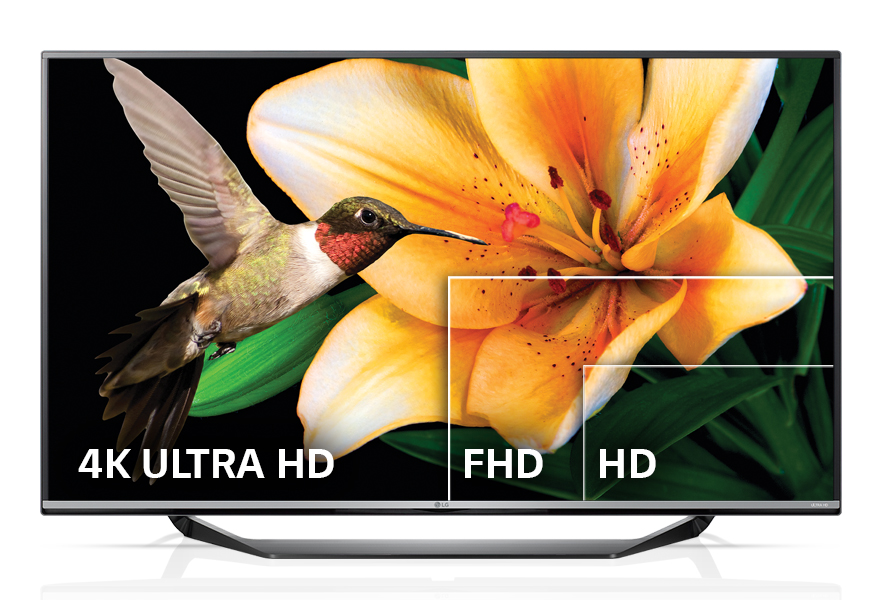

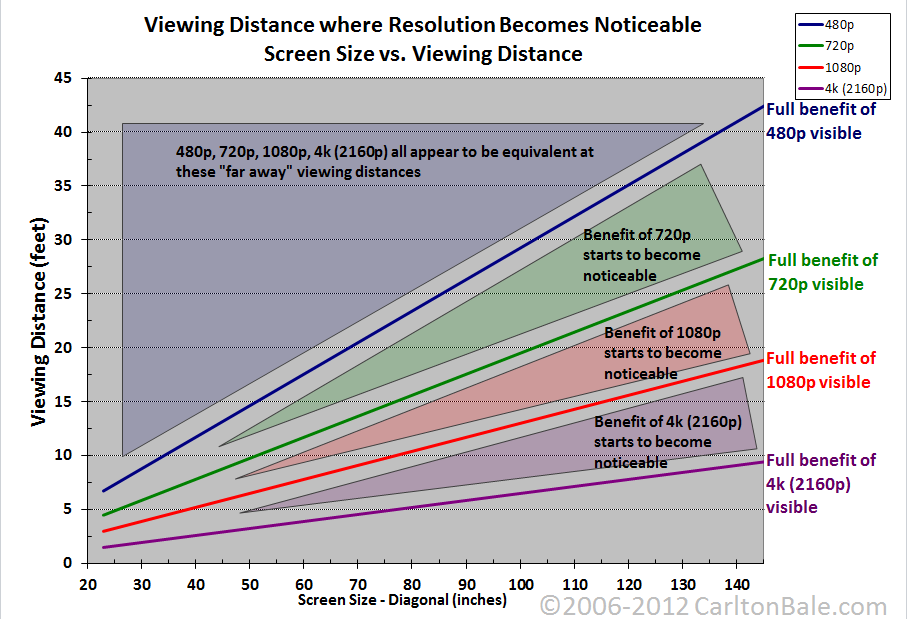
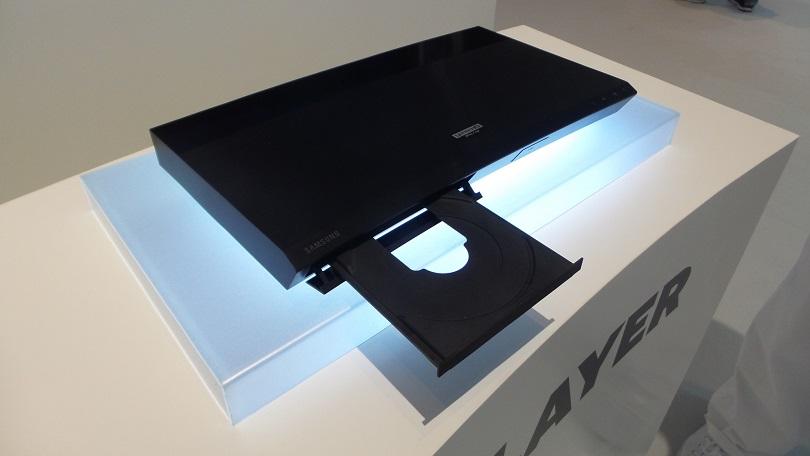

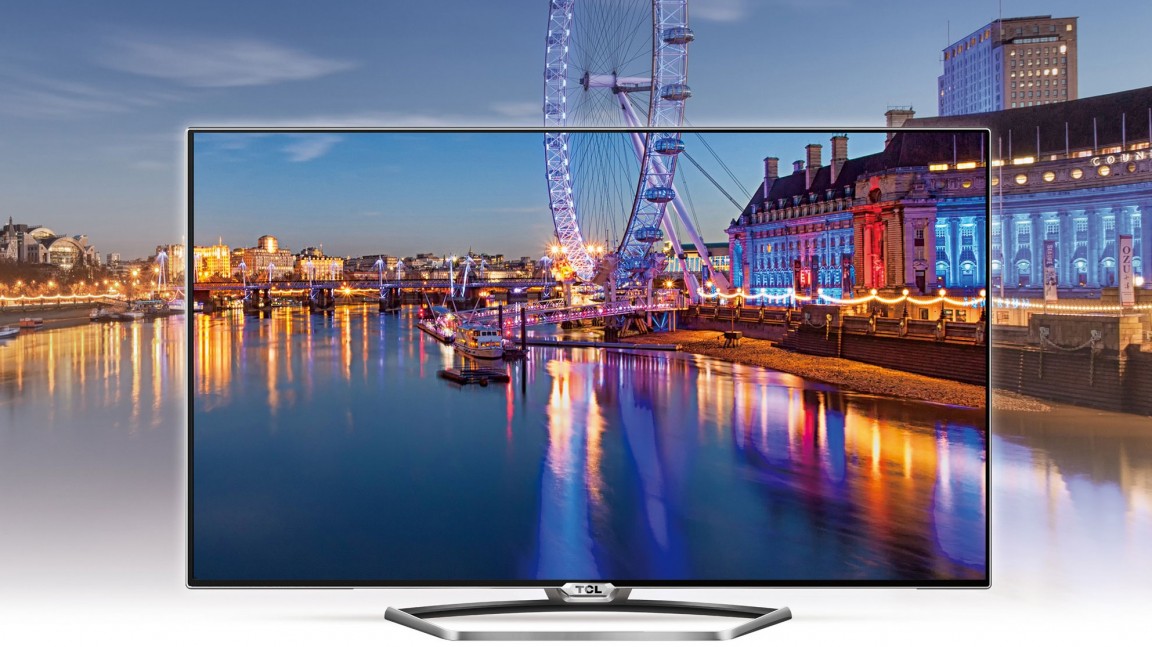
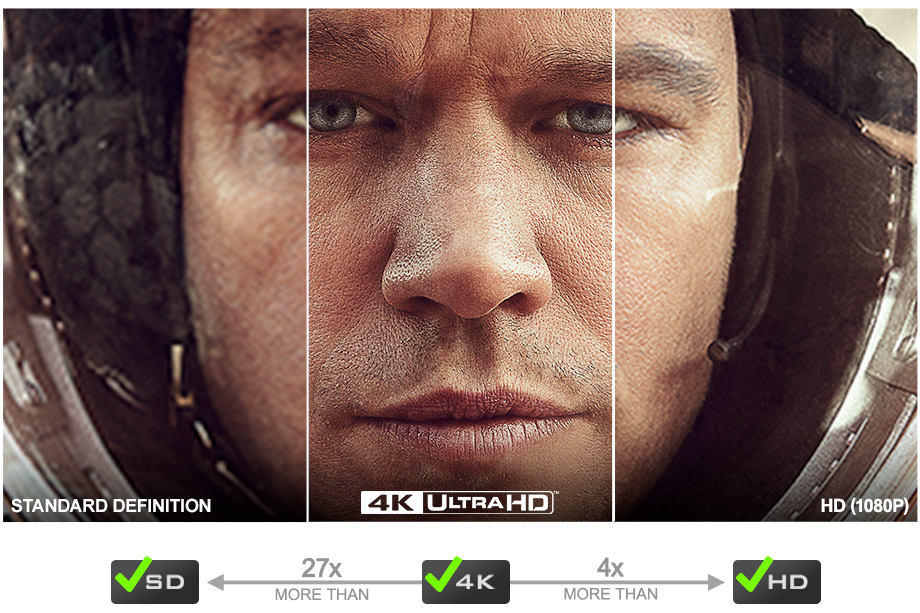

Discussion about this post